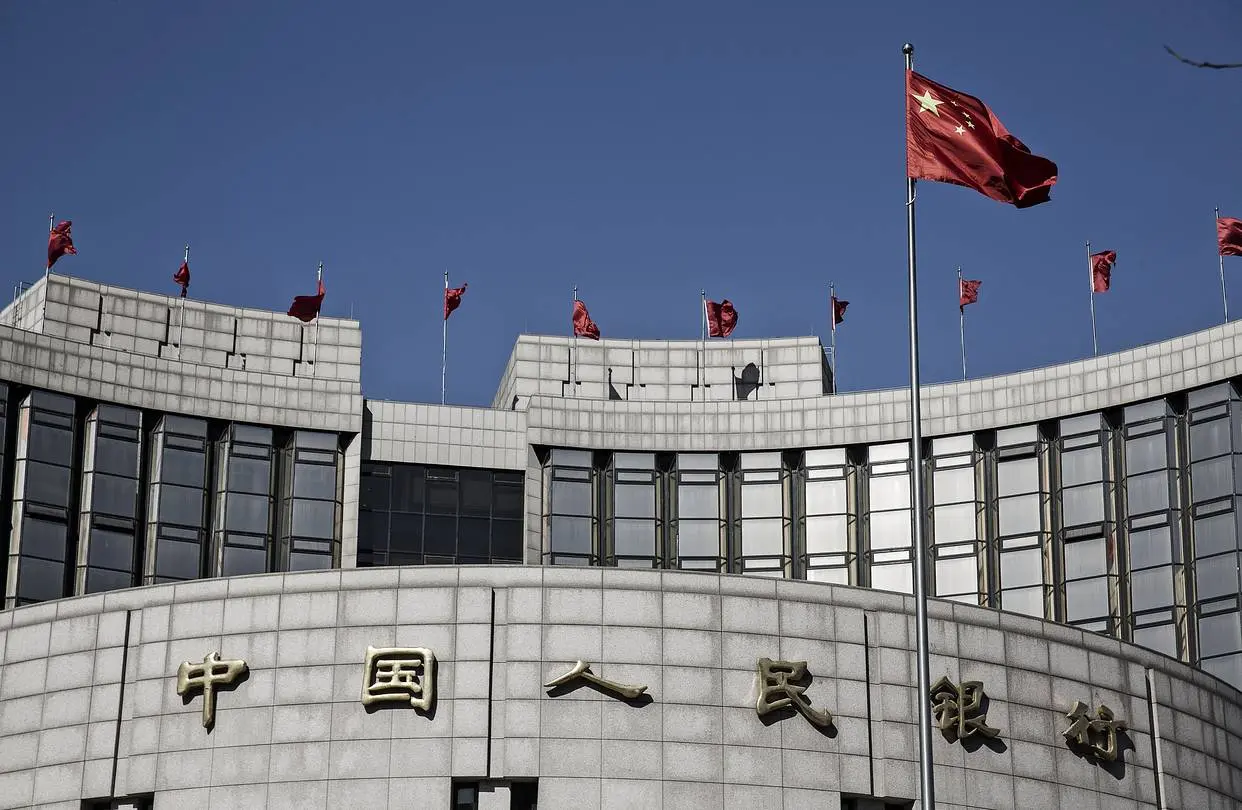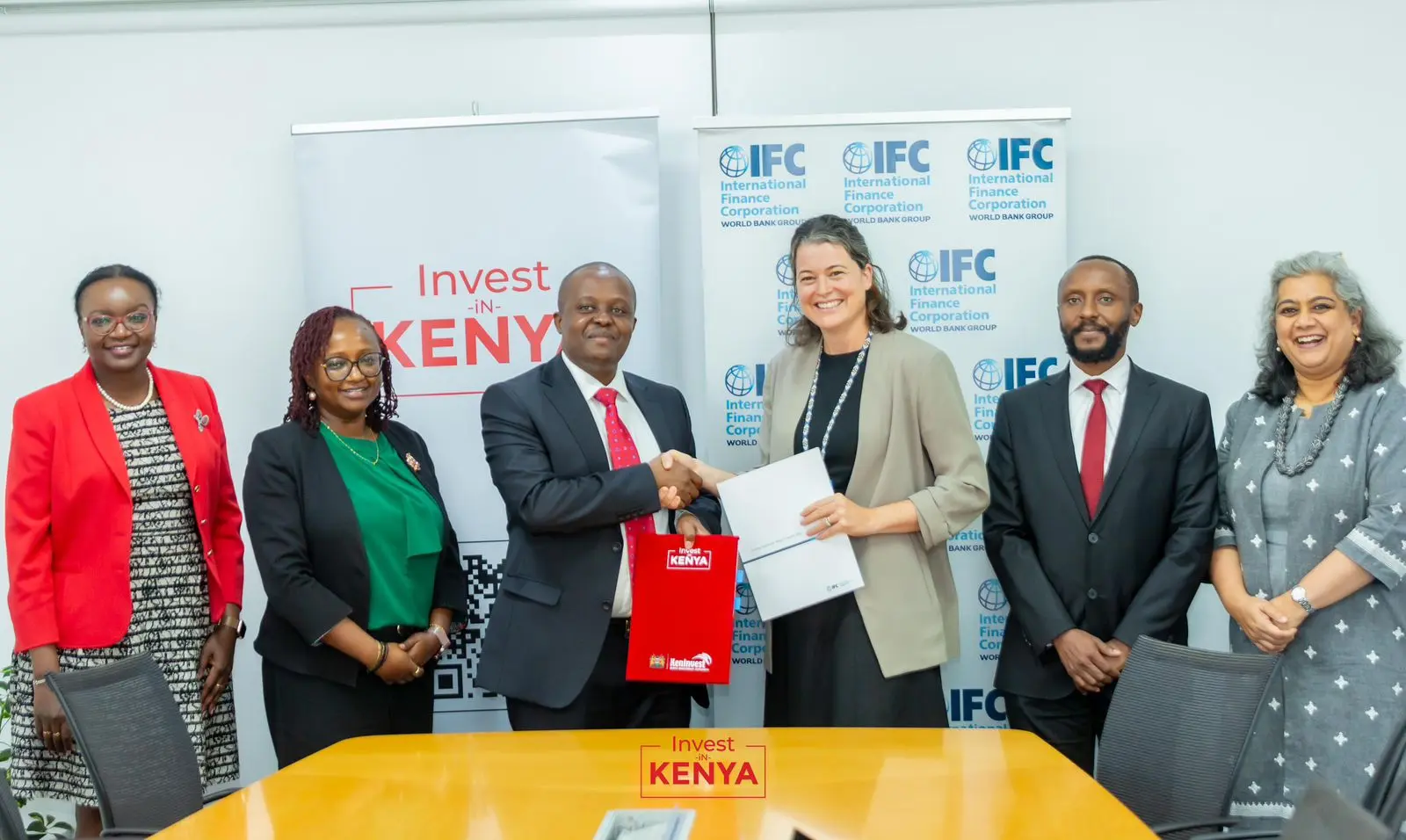Introduction
In a bid to bolster China’s economic recovery amid domestic headwinds and external uncertainties, the People’s Bank of China (PBOC) on Monday injected 382 billion yuan (approximately US $53 billion) into the banking system via seven-day reverse repurchase agreements at a rate of 1.40 percent . After 135 billion yuan of maturing repos rolled off the books, the net liquidity infusion amounted to 247 billion yuan, underpinning the PBOC’s pledge to keep funding “ample and reasonable” for high-quality growth .
This operation follows a 500-billion-yuan, one-year medium-term lending facility (MLF) conducted last Friday, as well as a 0.5 percentage-point cut in banks’ reserve requirement ratio (RRR) on May 15 that unlocked nearly 1 trillion yuan of long-term funds . Against the backdrop of slowing manufacturing activity and uneven domestic demand, these coordinated moves—part of a broader policy package unveiled on May 7—demonstrate Beijing’s resolve to deploy both structural and aggregate tools to stabilize the financial environment .
Why Liquidity Matters: Reverse Repos Explained
A reverse repurchase agreement, or reverse repo, is a short-term operation in which the central bank buys securities from commercial banks with a commitment to sell them back at a later date. By setting the repo rate—in this case, 1.40 percent—the PBOC influences short-term funding costs and anchors broader money-market rates. This day-to-day liquidity management ensures that banks have sufficient cash to lend, preventing shortages that could stifle credit growth and push up borrowing costs for businesses and households.
“Reverse repo operations are a fine-tuning tool,” says Zhao Xijun, co-president of the China Capital Market Research Institute at Renmin University. “They help maintain cash abundance without unleashing excessive leverage or inflationary pressures,” he told the Global Times .
Medium-Term Lending Facility and RRR Cuts: Building a Policy Synergy
On Friday, the PBOC conducted a 500-billion-yuan MLF operation, extending one-year loans to eligible lenders at 2.50 percent. Unlike reverse repos, which address short-term gaps, the MLF bolsters medium-term funding, helping banks lock in cheaper financing for up to 12 months.
Complementing the MLF was the 0.5 percentage-point reduction in the RRR for most banks—except the largest state-owned lenders—effective May 15. According to PBOC estimates, this move released roughly 1 trillion yuan of long-term liquidity into the economy . As Pan Gongsheng, Governor of the PBOC, remarked during the May 7 policy briefing, “By combining RRR cuts, reverse repos, and targeted lending facilities, we achieve both breadth and precision in monetary support” .
Economic Backdrop: Signs of Slowdown
Despite a 5.4 percent year-on-year expansion in Q1 2025 GDP, beating forecasts of 5.1 percent, quarter-on-quarter growth slowed to 1.2 percent, down from 1.6 percent in Q4 2024 . Industrial profits grew a modest 3.1 percent in the first four months of 2025, and new credit issuance dipped amid tighter regulation of shadow banking activities .
Manufacturing activity has also cooled. April’s official Purchasing Managers’ Index (PMI) fell to 49.0, its lowest reading since December 2023, signaling contraction in the sector . Meanwhile, the non-manufacturing PMI dipped to 50.4, just above the 50-point threshold, indicating tepid expansion in services and construction .
External pressures have compounded the slowdown. U.S. tariffs on Chinese goods exceed 100 percent in certain categories, prompting retaliatory measures and disrupting global supply chains . Exports grew by 6.9 percent in Q1 2025, but imports fell 6.0 percent, reflecting weak domestic demand .
Market Reaction: Bond Yields, Credit Spreads, and the Yuan
Following Monday’s liquidity injection, the yield on China’s 10-year government bond eased 3 basis points to 2.75 percent, while interbank rates such as the 7-day repo fell by 5 basis points to 1.45 percent . Corporate bond spreads over sovereign debt narrowed by 8 basis points, reflecting improved risk sentiment.
On the foreign-exchange front, the offshore yuan (CNH) traded near 7.18 to the U.S. dollar, stabilizing after a bout of volatility driven by divergent monetary policies between Beijing and Washington. Analysts at Nomura expect that continued PBOC support, coupled with China’s attractive real yields, could keep the yuan range-bound through mid-2025 .
The Broader Toolkit: Innovation and Structural Measures
Beyond open-market operations and RRR adjustments, the PBOC has expanded its structural toolkit:
- Targeted Medium-Term Lending Facilities for small and medium-sized banks to support credit flow to private enterprises.
- Relending and Rediscounting programs totaling 1.3 trillion yuan to back agricultural credit, scientific innovation, elder care, and green finance .
- Municipal Bond Swap window to help local governments replace high-cost debt with cheaper PBOC loans.
These instruments allow Beijing to steer funds toward strategic priorities without flooding the entire financial system with cheap money. As Zhao Xijun of Renmin University notes, “We’ve moved beyond blunt aggregate easing to a more surgical approach that maintains stability while addressing specific pain points” .
Fiscal Policy and Beyond: A Coordinated Push
Monetary accommodation alone may not be enough to sustain momentum. On the fiscal side, Beijing has pledged to front-load 2.5 trillion yuan of special government bonds issuance in H1 2025, earmarked for infrastructure, environmental projects, and social welfare. Provinces have also been instructed to raise local tax rebates and accelerate project approvals to support local economies. The synchronization of monetary and fiscal policy—as outlined in the Politburo’s April 25 communiqué—seeks to generate a “policy multiplier” effect, reinforcing demand across investment, consumption, and trade .
Risks and Challenges Ahead
Despite the robust policy framework, risks remain:
- Property Sector Slump: New home prices in 70 major cities fell 0.8 percent in April, intensifying pressure on local government finances and household wealth.
- Debt Sustainability: Local government debt stands at 63 percent of GDP, with contingent liabilities from off-balance-sheet vehicles.
- Global Headwinds: Continued U.S. trade restrictions and geopolitical frictions could dampen export growth and hamper technology transfers.
- Financial Stability: Excess liquidity risks feeding non-performing loans if credit is misallocated to “zombie” firms.
To mitigate these challenges, Beijing has signaled greater tolerance for bank stress tests, tighter supervision of shadow banking, and enhanced coordination with regulatory bodies to balance growth with financial stability.
What Comes Next?
Analysts at Goldman Sachs forecast that China will cut its one-year Loan Prime Rate (LPR) by 10 basis points in Q3 2025, following the PBOC’s lead on backward-looking market rates . Meanwhile, Premier Li Qiang has urged provincial governors to “treat every percent of growth as precious,” underscoring the political imperative of meeting the full-year target of around 5 percent GDP expansion.
With the global economy wobbling from post-pandemic adjustments, escalating trade tensions, and tightening monetary conditions in the United States and Europe, China’s ability to maintain stable domestic demand will be closely watched. If the PBOC’s liquidity injections translate into stronger credit growth—particularly to private enterprises—and fiscal spending accelerates, China may well navigate the intricate path between stimulus and stability.
Conclusion
Monday’s 247-billion-yuan net liquidity injection via reverse repos is more than a routine market operation—it is a signal of Beijing’s proactive stance in defending growth, jobs, and social welfare against a backdrop of slowing manufacturing, property market fragilities, and external uncertainties. By combining open-market operations, targeted lending facilities, RRR cuts, and coordinated fiscal support, China aims to create a resilient financial ecosystem that fuels high-quality development.
Yet, the true test will be in the transmission mechanism: whether state-owned and private banks alike channel these funds into productive lending rather than speculative bets, and whether local governments can deploy infrastructure spending efficiently. As global investors recalibrate their China exposure, all eyes will be on the PBOC’s next moves—and on data pointing to credit flows, industrial output, and household consumption. In the delicate dance between stimulus and overreach, Monday’s liquidity push may prove a crucial step in keeping China’s growth engine humming.
Ready to take your career to the next level? Join our dynamic courses: ACCA, HESI A2, ATI TEAS 7 , HESI EXIT , NCLEX – RN and NCLEX – PN, Financial Literacy!🌟 Dive into a world of opportunities and empower yourself for success. Explore more at Serrari Ed and start your exciting journey today! ✨
Photo source: Google
By: Montel Kamau
Serrari Financial Analyst
26th May, 2025
Article, Financial and News Disclaimer
The Value of a Financial Advisor
While this article offers valuable insights, it is essential to recognize that personal finance can be highly complex and unique to each individual. A financial advisor provides professional expertise and personalized guidance to help you make well-informed decisions tailored to your specific circumstances and goals.
Beyond offering knowledge, a financial advisor serves as a trusted partner to help you stay disciplined, avoid common pitfalls, and remain focused on your long-term objectives. Their perspective and experience can complement your own efforts, enhancing your financial well-being and ensuring a more confident approach to managing your finances.
Disclaimer: This article is for informational purposes only and does not constitute financial advice. Readers are encouraged to consult a licensed financial advisor to obtain guidance specific to their financial situation.
Article and News Disclaimer
The information provided on www.serrarigroup.com is for general informational purposes only. While we strive to keep the information up to date and accurate, we make no representations or warranties of any kind, express or implied, about the completeness, accuracy, reliability, suitability, or availability with respect to the website or the information, products, services, or related graphics contained on the website for any purpose. Any reliance you place on such information is therefore strictly at your own risk.
www.serrarigroup.com is not responsible for any errors or omissions, or for the results obtained from the use of this information. All information on the website is provided on an as-is basis, with no guarantee of completeness, accuracy, timeliness, or of the results obtained from the use of this information, and without warranty of any kind, express or implied, including but not limited to warranties of performance, merchantability, and fitness for a particular purpose.
In no event will www.serrarigroup.com be liable to you or anyone else for any decision made or action taken in reliance on the information provided on the website or for any consequential, special, or similar damages, even if advised of the possibility of such damages.
The articles, news, and information presented on www.serrarigroup.com reflect the opinions of the respective authors and contributors and do not necessarily represent the views of the website or its management. Any views or opinions expressed are solely those of the individual authors and do not represent the website's views or opinions as a whole.
The content on www.serrarigroup.com may include links to external websites, which are provided for convenience and informational purposes only. We have no control over the nature, content, and availability of those sites. The inclusion of any links does not necessarily imply a recommendation or endorsement of the views expressed within them.
Every effort is made to keep the website up and running smoothly. However, www.serrarigroup.com takes no responsibility for, and will not be liable for, the website being temporarily unavailable due to technical issues beyond our control.
Please note that laws, regulations, and information can change rapidly, and we advise you to conduct further research and seek professional advice when necessary.
By using www.serrarigroup.com, you agree to this disclaimer and its terms. If you do not agree with this disclaimer, please do not use the website.
www.serrarigroup.com, reserves the right to update, modify, or remove any part of this disclaimer without prior notice. It is your responsibility to review this disclaimer periodically for changes.
Serrari Group 2025












